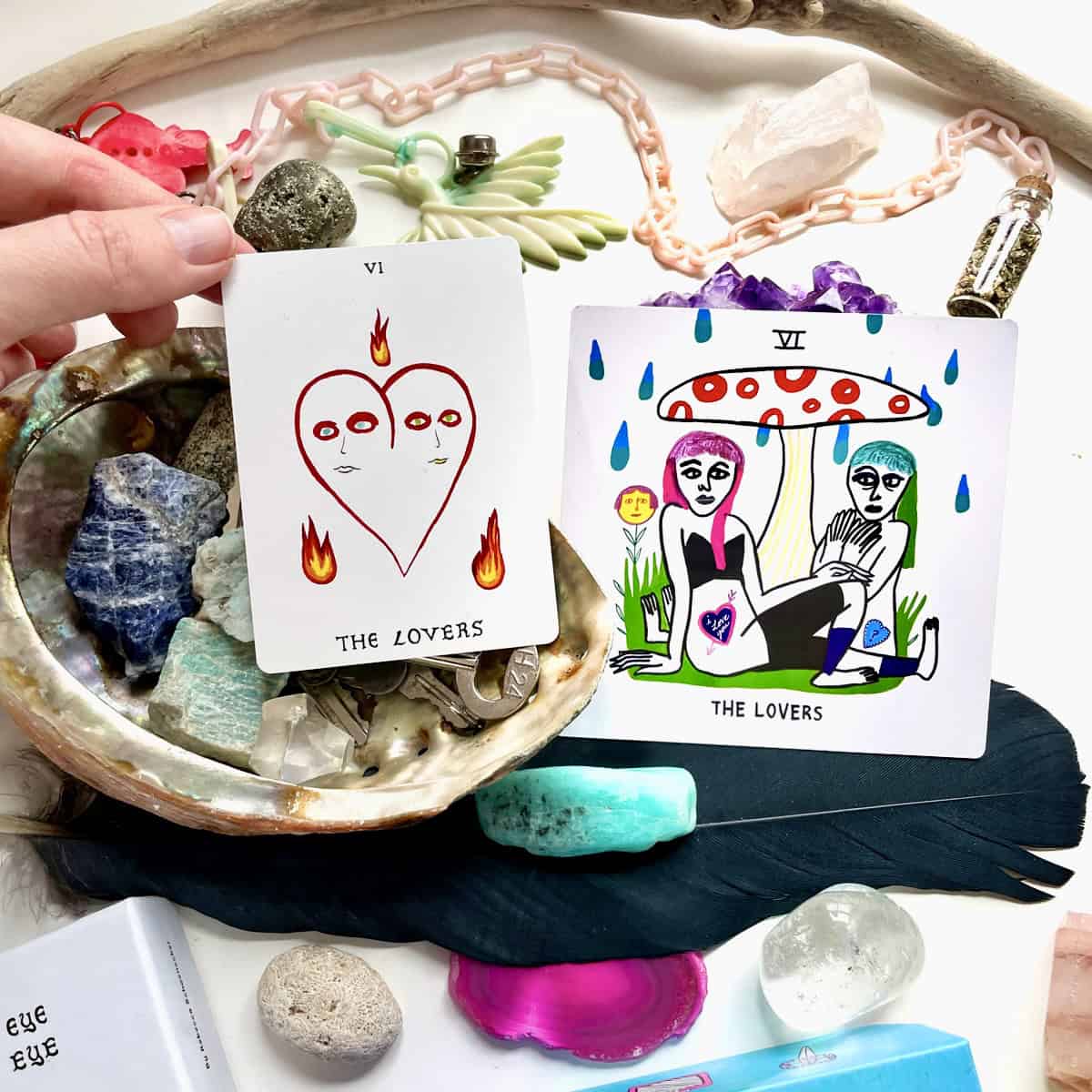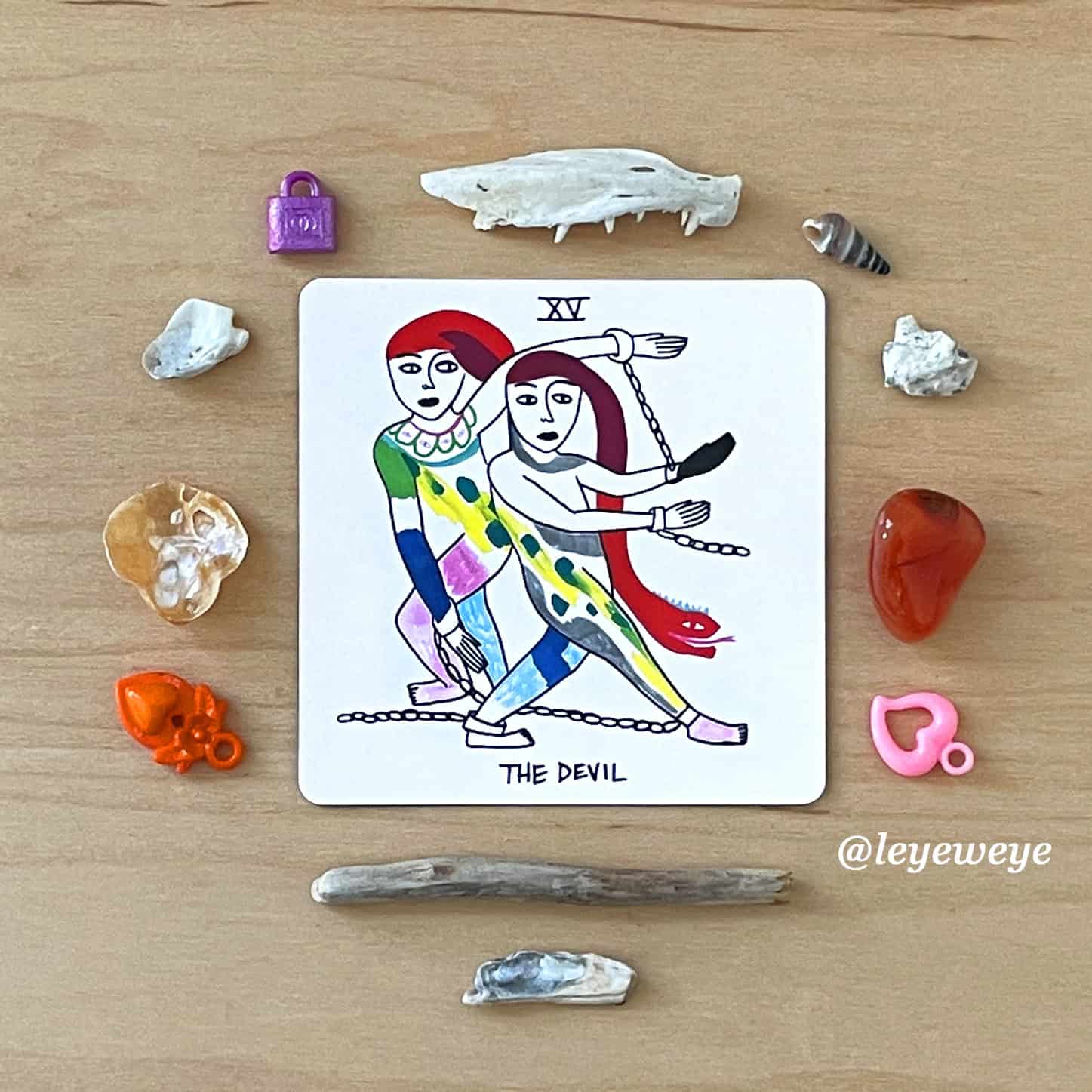Twin Flames
Twin Flames
It took me a long time to get love right. I was always drawn to the absolute wrong people. It was the ones with the insane charisma, the folks lighting up the room, that I drifted towards. I was like a moth to a freaking flame. How predictable.
After many heartbreaks, I realized the folks with the wildest glowing fires were the most destructive. They couldn’t hold down jobs. They didn’t communicate. Or, they were steeped in sadness, and I picked them up so they could face the world the next day.
Because hell–I’m a lover. I believe in people’s light.
After learning more about psychology, I came to understand trauma bonds. In love, we are sometimes drawn to what we recognized as love as children. If you were in a chaotic, whirlwind home where nothing was consistent, that is what you know love to be.
You will have to work at not being drawn to loving people who fit the unstable attachment patterns you learned.

That intense magnetism some people describe when they meet someone (which doesn’t apply to everyone, but it’s pretty relevant) as if they’ve known them before, is a trauma bond. They do know this person(s) because it’s exactly like one of the parents or someone in their household with whom they grew up.
In the spiritual community, the phrase Twin Flames has been going around for a while. Twin flames are romantic partners with the “we’ve met before” vibe. Twin Flames also have a push-pull dynamic. Things are constantly alternating between conflict and bliss. In short, they are destructive relationships.

The Twin Flame is a trauma bond. However, it’s being sold as a “meant-to-be tortured love” manifesto by a lot of psychics. Twin Flame relationships are addictive, and some psychics are cashing in on people’s pain by furthering this idea that the Twin Flame is meant to be. After all, the longer they stay enmeshed in this unhealthy scenario, the more they will seek out readings to understand the next unpredictable thing that happens!
For me, the Twin Flame is not a healthy dynamic, as it idealizes chaos. I always encourage people to look to behaviors for information. The way that someone treats you is what should inform your choices.